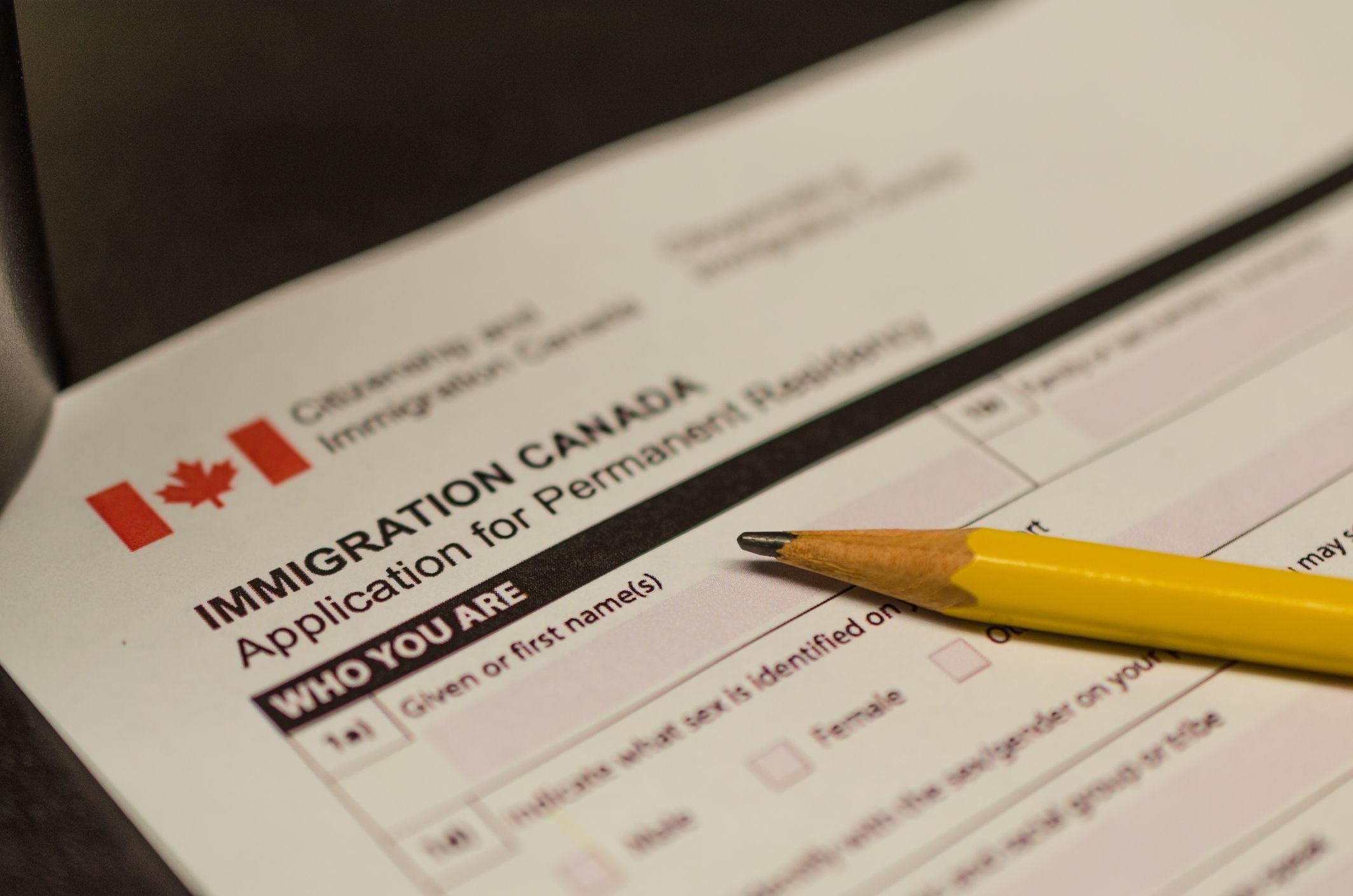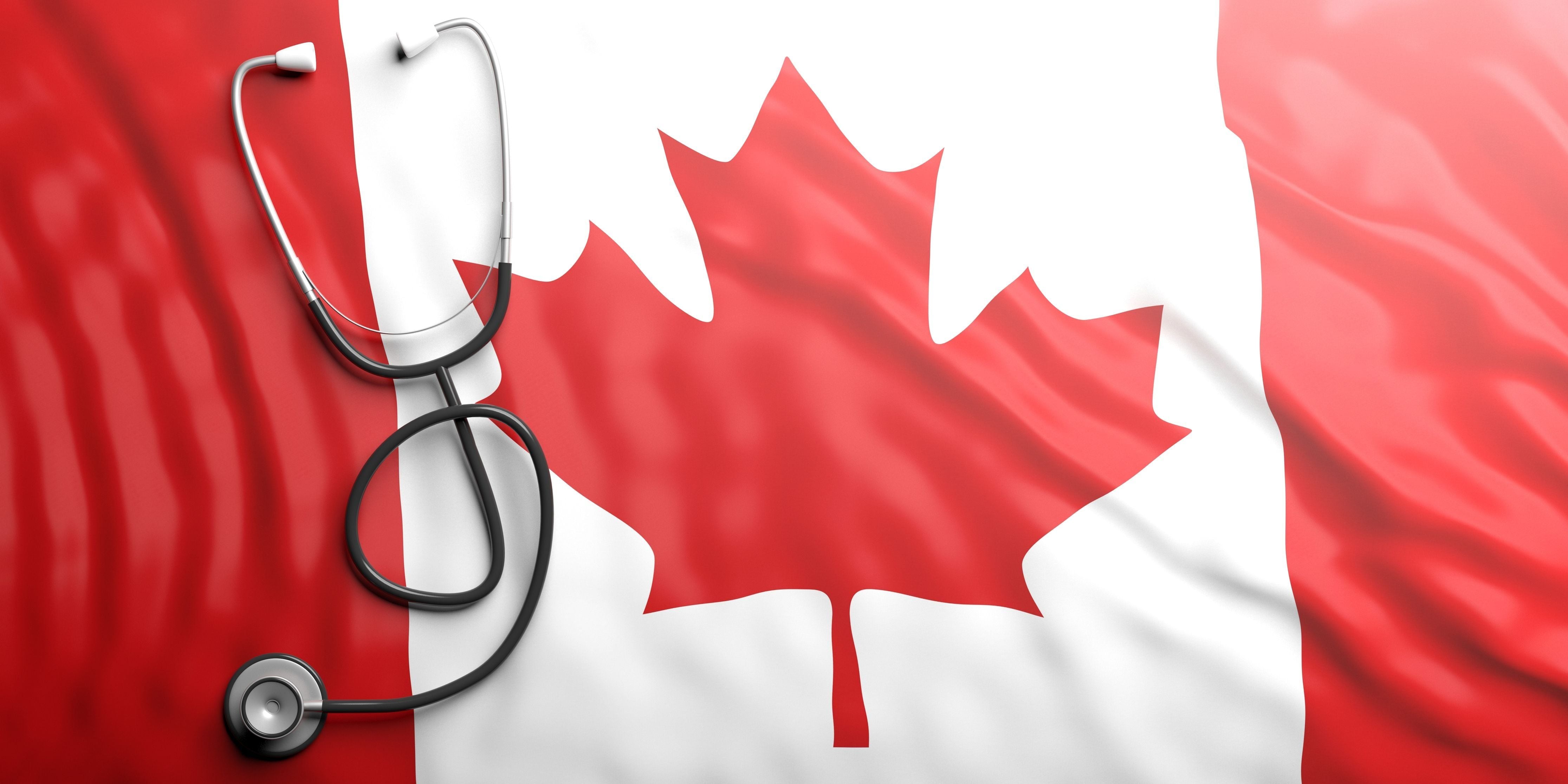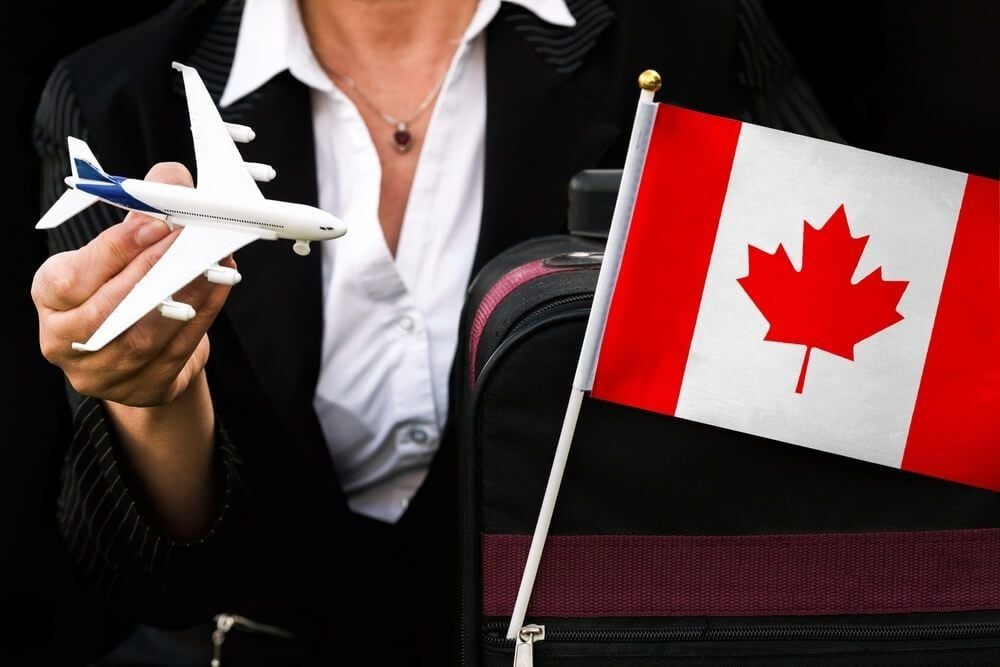Canada’s Immigration, Refugees and Citizenship Canada (IRCC) released its 2025-2027 Immigration Levels Plan, marking the first time temporary resident targets—for international students, work permit holders, and temporary foreign workers—are included alongside permanent resident targets. If you are navigating the Express Entry system, planning a study permit, or sponsoring family abroad, this plan sets the stage for your aspirations.
What Is the Immigration Levels Plan?
Each year, Canada’s Minister of Immigration tables a forecast for immigration. It serves as a policy and planning framework that outlines how many permanent residents Canada intends to admit over the coming three years. In 2024, the government expanded the scope of the plan to include temporary resident targets for the first time, marking a major shift in how Canada manages migration volumes overall.
Traditionally, the plan has focused exclusively on permanent immigration streams, including economic immigration, family reunification, refugees and protected persons, and humanitarian and compassionate admissions. These targets are broken down by category and reflect Canada’s demographic needs, labour market demands, and humanitarian obligations.
However, beginning with the 2025-2027 Immigration Levels Plan, the federal government is also setting limits on the number of international students and temporary foreign workers entering Canada, in an effort to reduce pressure on housing, healthcare, and other social services.
This change reflects a broader policy shift. In recent years, temporary resident numbers surged. By the end of 2023, temporary residents represented 6.2% of Canada’s population, an unprecedented figure that caused growing concern at the federal and provincial levels. For context, in 2015, temporary residents made up only about 2.3% of the population. That growth was largely driven by the expansion of programs like the International Student Program (ISP) and the Temporary Foreign Worker Program (TFWP).
In the 2023-2025 Levels Plan, the permanent resident targets were set at 465,000 for 2023, 485,000 for 2024, and 500,000 for 2025. However, due to rising concerns around infrastructure strain and integration challenges, the federal government revised its approach in 2024. The updated 2025-2027 plan now projects a reduction in permanent resident admissions.
This is a marked departure from the earlier plan’s upward trajectory and represents a pause in population growth to allow provinces and municipalities to catch up in terms of housing and services.
For temporary residents, new national arrival targets were introduced:
673,650 in 2025
516,600 in 2026
543,600 in 2027
These numbers include only new temporary residents, such as students and workers, and exclude renewals and permit extensions processed inside Canada. Of note, international student arrivals are capped at 305,900 per year for the next three years, which is approximately 10% lower than 2024 levels. The TFWP is also seeing new caps, especially on low-wage occupations, and employers must now meet stricter Labour Market Impact Assessment (LMIA) standards to qualify.
This new approach is not just about numbers, it represents a shift toward a more integrated and managed immigration system. The 2025-2027 plan reflects IRCC’s attempt to strike a balance between maintaining Canada’s reputation as a welcoming country and ensuring economic sustainability, housing affordability, and integration capacity across provinces.
The Immigration Levels Plan is developed after broad consultations with provincial and territorial governments, employers, academic institutions, immigration experts, and civil society organizations. Public opinion surveys, including those conducted with rural communities, Francophone minority communities, and Indigenous groups, also play a role in shaping the plan.
Ultimately, this plan is not just a policy document, it sets the tone for Canada’s immigration priorities, program design, and operational planning for the next three years. As Canada moves forward under the new framework, those seeking to immigrate, whether as foreign skilled workers, international students, or family members, will need to adapt their strategies accordingly.
Why Include Temporary Resident Targets Now?
New in 2025: Canada will reduce its temporary resident population to around 5% of its total population by the end of 2026. That means IRCC is now tracking and capping work permits and study permit holders. It reflects concerns about housing, education, and infrastructure capacity in major cities.
Summary Table: 2025-2027 Immigration Levels
Year | Permanent Residents | Temporary Residents | International Students | IMP Workers | TFWP Workers | Family Reunification | Humanitarian (Refugees?+?H&C) |
|---|---|---|---|---|---|---|---|
2025 | 395,000 | 673,650 | 305,900 | 285,750 | 82,000 | 94,500 | 68,000 |
2026 | 380,000 | 516,600 | 295,000 | 210,700 | 82,000 | 94,500 | 68,000 |
2027 | 365,000 | 543,600 | 290,000 | 237,700 | 82,000 | 94,500 | 68,000 |
Permanent Residents: A Shift Toward Sustainable Growth
Canada’s permanent resident admissions drop from about 500,000 in 2024 to 395,000 in 2025, with slight reductions in 2026 (380,000) and 2027 (365,000). This marks a 21% reduction in one year—a reflection of IRCC’s commitment to manageable, integrated growth. It aims to ease pressure on housing, healthcare, and transit systems.
Economic Immigration (62%)
By 2027, about 62% of permanent residents will be economic class immigrants—those entering via Express Entry, Provincial Nominee Programs (PNPs), Caregiver Pilots, Atlantic Immigration Program (AIP), and business-class categories (like start-up or self-employed). IRCC is doubling down on the Canadian Experience Class (CEC) and federal economic priorities such as healthcare professionals, trades workers, and francophone candidates outside Quebec.
Family Reunification (24%)
In 2025, nearly 24% of permanent residents will be admitted under the Family Class, keeping sponsorship for spouses, children, parents, and grandparents strong. Despite lower permanent totals, Canada's commitment to reunification remains firm with around 70,000 spouses, partners and children, plus 24,500 parents/grandparents each year.
Refugees and Protected Persons (15%)
Canadian refugee admissions, including government-assisted and privately-sponsored, remain robust. In 2025, around 58,350 protected persons will be admitted, with 68,000 total humanitarian admissions (including vulnerable individuals under H&C grounds). This demonstrates Canada’s continued leadership in refugee resettlement.
Francophone Immigration (8.5-10%)
Another intentional move: IRCC will set apart 8.5% of PR seats in 2025 for French-speaking immigrants outside Quebec, increasing to 10% by 2027. This supports rural Francophone communities and their economic development.
Temporary Resident Targets: New Approach
IRCC plans to admit 673,650 new temporary residents in 2025, falling to 516,600 in 2026, then rising to 543,600 in 2027. This marks a shift to controlled intake, placing Canada’s temporary population in balance with housing, schooling and health care systems.
International Students (305,900)
Canada will issue about 305,900 study permits for 2025—roughly 45% of all temporary permits. That number drops slightly through to 2027. Post-Graduation Work Permit (PGWP) eligibility will be tightened, requiring stronger alignment with labour market demand and residence goals.
Temporary Foreign Worker Program (82,000)
IRCC caps the Temporary Foreign Worker Program (TFWP) at 82,000 new entries per year for 2025 onward. Employers must obtain an LMIA and justify the need—limited to roles Canadians cannot fill, often in skilled trades or seasonal agriculture.
International Mobility Program (285,750)
The International Mobility Program (IMP) covers LMIA-exempt work permits, such as intra-company transfers or those under international agreements (e.g. USMCA). In 2025, 285,750 new IMP workers will be admitted, helping businesses bring in key staff while freeing LMIA usage for critical cases.
Why These Caps Matter
Capping students and foreign workers helps Canada manage economic growth, housing, and infrastructure needs. Over the next three years, IRCC expects its temporary population to shrink by over 445,000 in 2025 and 2026, even as skilled temporary nationals transition to PR.
In-Canada Focus for Permanent Residency
IRCC emphasizes that 40%+ of permanent residents in 2025 will come from existing temporary residents. That means PGWP holders, current IMP/TFWP workers, and students will find pathways to PR more accessible—especially through Express Entry or PNPs with in-Canada prioritization.
Impact on Express Entry System
With a shift toward in-Canada applicants, Express Entry may feature higher CRS thresholds, especially for workers in healthcare, trades, or French-speaking roles. Aspiring PR hopefuls should focus on language proficiency, Canadian experience, provincial job offers, or francophone credentials.
PNPs: A Critical Pathway
With 55,000 nominations expected annually, Provincial Nominee Programs remain a reliable route for skilled immigrants. Many PNP streams are designed for foreign students or workers already contributing locally, giving them a direct path to PR—especially in sectors like health care, skilled trades, and rural development.
Atlantic Immigration & Rural Pilots
Smaller programs—the Atlantic Immigration Program and Rural/Northern Pilots—remain steady with 5,000 PR seats yearly. These are key tools for smaller communities to address labour shortages and support newcomers outside major cities.
Safe Harbour for Refugees & H&C
Canada continues its global humanitarian role: 58,350 refugees plus 10,000 humanitarian and compassionate cases each year. In 2025, vulnerable people like LGBTQ+ refugees, women and children in crisis, and human rights defenders are included.
For Family Members Abroad
If you plan to sponsor a spouse, child, parent or grandparent abroad, priority remains. However, fewer overall PR seats might translate to slightly longer processing times. Starting early—especially with spouses and partners—is still recommended.
For Express Entry or PNP Hopefuls Abroad
If you are applying from outside Canada, the bar may rise. Express Entry draws may prioritize those already in Canada first, and PNPs may favour local labour needs. A job or study offer in Canada improves your chances significantly.
What About Processing Times & Competition?
Overall, slower intake could improve processing timelines for key streams like Express Entry, family sponsorship, and PR card renewals. But competition may rise within popular economic streams—especially those tied to healthcare, skilled trades, and francophone credentials.
How to Adjust Your Immigration Strategy
With the changes introduced in the 2025-2027 Immigration Levels Plan, it is more important than ever to have a well-informed, forward-looking strategy tailored to your goals and immigration category.
If you are an international student, your first step should be selecting a study program that is eligible for a Post-Graduation Work Permit (PGWP). Not all institutions or programs qualify, and IRCC has become stricter about PGWP eligibility as part of its broader policy shift. When applying for a study permit, choose a Designated Learning Institution (DLI) that offers a program aligned with Canadian labour market needs—especially in areas like healthcare, skilled trades, and tech. Graduating from a PGWP-eligible program allows you to gain Canadian work experience, which can significantly improve your chances under the Canadian Experience Class (CEC) or Provincial Nominee Program (PNP). Make sure you maintain full-time status and comply with the terms of your permit to retain PGWP eligibility.
For temporary foreign workers, building in-Canada experience is now a key pathway to permanent residency. Having a valid work permit, whether under the Temporary Foreign Worker Program (TFWP) or the International Mobility Program (IMP), is not enough on its own. If you are on an employer-specific work permit, be sure your job offer and Labour Market Impact Assessment (LMIA) continue to meet the current requirements. Many provinces prioritize workers already contributing to their local economies through non-Express Entry PNP streams, especially in sectors with acute labour shortages. You should also explore whether your current occupation qualifies for targeted Express Entry category-based draws, which now favour applicants in high-demand occupations with Canadian experience.
If you are outside Canada and hoping to immigrate through Express Entry, you will likely need a more competitive profile. With IRCC’s shift toward favouring in-Canada applicants, CRS scores for foreign nationals without Canadian experience may increase. To strengthen your profile, consider improving your language test scores (IELTS or TEF), gaining a valid job offer supported by a positive LMIA, or pursuing a short study program in Canada that leads to work and PR eligibility. You should also explore PNP streams that accept out-of-country applicants with targeted skillsets or ties to the province.
For Canadian employers seeking to hire foreign workers, the 2025 policy shifts require more careful planning. To bring in a worker from abroad, employers must secure an LMIA and show there is a genuine labour shortage. IRCC and Employment and Social Development Canada (ESDC) have tightened requirements to ensure the labour market impact is justified. If your worker is already in Canada with a valid work permit, you may be able to support their permanent residence application through a Provincial Nominee Program or the Express Entry system under arranged employment. Understanding whether your role falls under in-demand occupations or qualifies for an LMIA exemption under international agreements (such as CUSMA or GATS) is essential to reducing application delays.
Ultimately, every pathway,whether through a study permit, work permit, or economic immigration stream, now demands strategic preparation and timely action. Temporary residents already in Canada have an advantage, but planning early and aligning your career with Canada’s evolving immigration priorities is key to success. For those unsure where to begin, consulting with experienced immigration lawyers can ensure your application strategy is aligned with the latest policies and best positioned for approval.
Seek Legal Assistance at AKM Law
Understanding how the 2025-2027 Immigration Levels Plan affects your application can be complex. At AKM Law, our team can help you assess your options, navigate changing policies, and take the right next steps, whether you are applying for permanent residence, a work permit, or a study permit. Reach out to us for clear, experienced legal guidance.
Legal Disclaimer: This article provides general information only and does not constitute legal advice. For legal advice, consult the relevant legislation or regulations, or contact our immigration lawyers directly.

)
)
)
)
